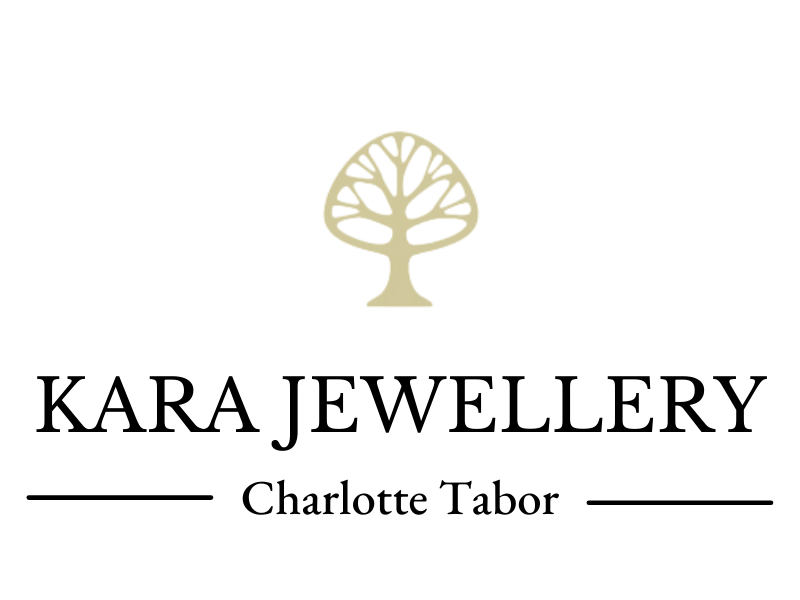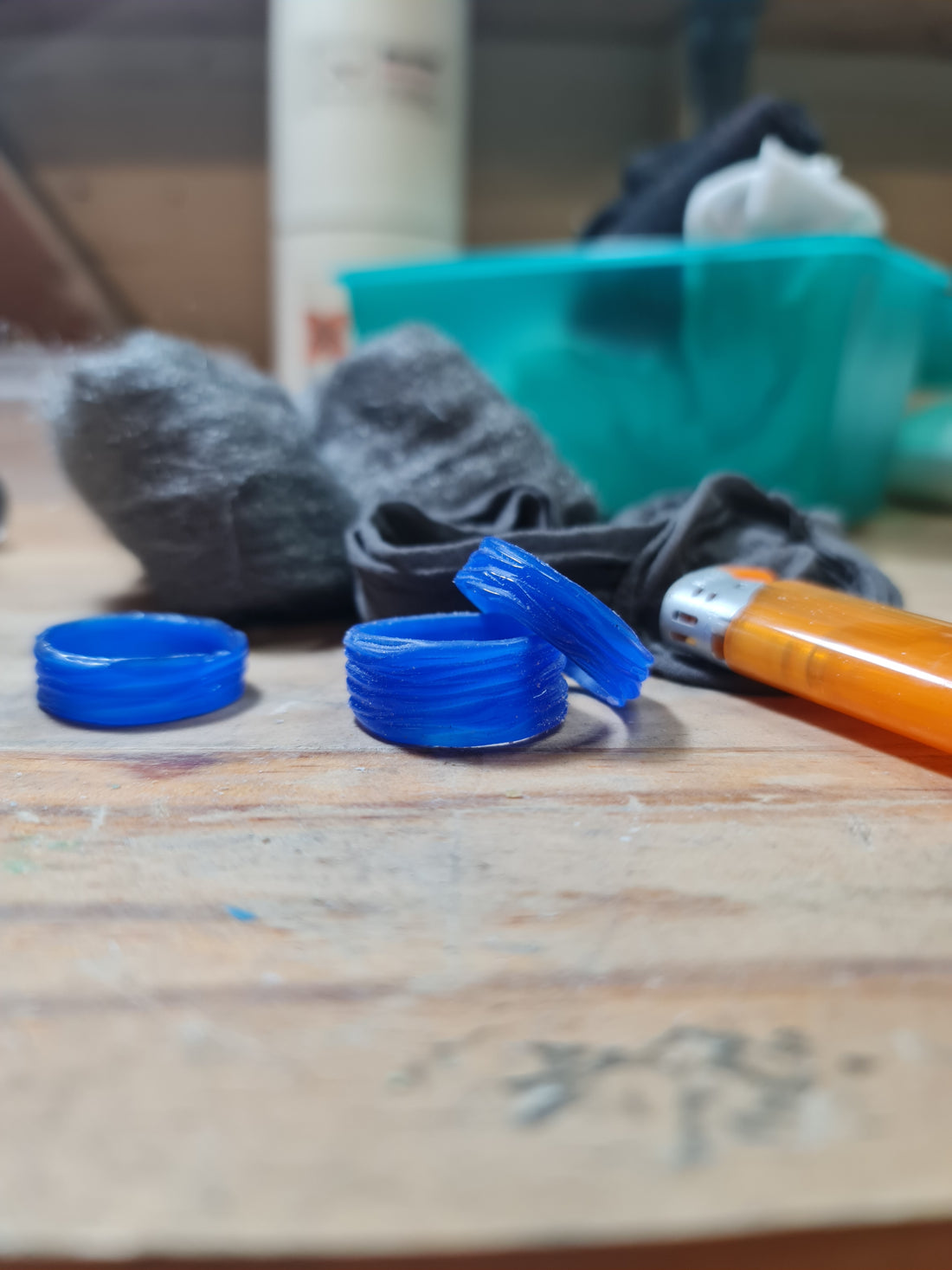It's very simple - I use a technique which goes back many, many years!

To create my recognisable tree bark texture, all my pieces are hand carved by me in a special wax used by jewellers before they are cast using the lost wax casting process. If you aren’t a jeweller or an engineer then this might not mean anything to you so I’ll try and explain it in a bit more detail.
Lost wax casting is an ancient art and craft and the first evidence archaeologists have found is a small gold stud found in Syria which dated way, way back to 4200 BCE. The use of wax for making a model for casting seems to have originated at several locations across the globe and museums around the world have examples of many artefacts which would have been cast using the lost wax casting process in their collections. In 1961, 400 objects of bronze, ivory and hematite were found in a cave in Masada in Israel. When we visited in 2006 we were able to see some of the crowns, standards, sceptres etc. They were found wrapped in a fibre mat and have been dated back to between 4000 and 5000 BC. Many of the objects are lost wax castings made of a bronze allow of copper, antimony, and arsenic. Now I know about the process it amazes me how advanced my ancestors were and I’m in awe of the craftmanship which was handed down the generations.

So what is lost wax casting? The lost wax casting process is simple in concept. An object is modelled in wax. In my case, I use a special wax made specifically for the jewellery industry. It’s made by a company called Ferris and it comes in different colours which have different properties and different uses. I prefer the blue wax as it’s softer and easier to create my texture and it melts easily when I run a lighter over it. I’ve all sorts of different tools, some are specifically for wax carving like my wolf tools, others are meant for wood and some I’ve adapted like dentist tools. It doesn’t matter what you use so it’s fun trying new ideas for tools out and seeing what I can do with them. Once I’ve carved the object and have it exactly how I want it I run a lighter over the edges just to soften it and make sure there are no rough edges.

Wax is very light compared to after it is cast into precious metals. I’ve only made the mistake of not weighing a piece before it goes to casting. I was working on a commission for several ladies who had joined together to have a silver bowl with my tree texture on it for a lady’s 50th. I carved the piece and sent it off for casting. When it came back it was a fabulous bowl and I was thrilled until I opened the invoice and the cost of the silver was more than I’d quoted. A very big lesson learnt. Luckily I had time and carved another lighter piece and I’ve kept the other one to show people at fairs.
So now every piece I make is weighed and for silver I weigh the wax add 10% for the sprue and multiply it by 10.5 to work out the amount of silver which will be used. On top of the cost of the silver there is also a casting fee. Casting jewellery pieces isn’t cheap especially when you add postage and packaging but it does mean I can create my unique, deep tree bark texture which I wouldn’t be able to accomplish with a hammer.

The wax models are sent to London to cast. If they didn’t have the texture all the way round or the undercuts then I could cast them in my workshop using the sand casting method. Sometimes this can be a bit hit and miss so I’m happier sending the wax models to London and using an expert who has the right equipment to do it for me.
If my pieces are one offs then sprues (wax rods) are added to my wax models. If I'd like to use the same design again then a mould is made of the wax and in the future I can phone the casters and ask for more casts of that particular piece to be made. After the sprues are added, my pieces are added to a conical tree with other jeweller’s waxes. A metal cover is placed over it and investment plaster is poured into the container covering the wax forms. The plaster then sets hard and the container is is put in a very hot kiln which burns the wax away.

The fact that the wax has disappeared leads to the term lost-wax casting. To produce a metal replica of the wax model, molten, gold silver or bronze is poured in to fill the cavities left by the wax moulds. Sometimes it is then spun round in a centrifuge to ensure the molten metal fills all the nooks and crannies. When the metal has solidified the investment is broken off to reveal a perfect metal copy of the wax model. The sprues are then cut off from the main tree and the metal models sent back to me for to clean up and turn into wearable pieces of jewellery for you to enjoy.
By carving my pieces in wax and having them cast anything I feel would work with my tree bark texture then I'll give it a go including this Charlotte friendly spirit measure which I gave to my husband for his 50th birthday. Gin time is even more special. (Charlotte friendly measure is a 2 1/2 measure!!!)

I hope this has given you a little insight into jewellery making.
A very good video which shows how lost wax casting is done can be seen here.

